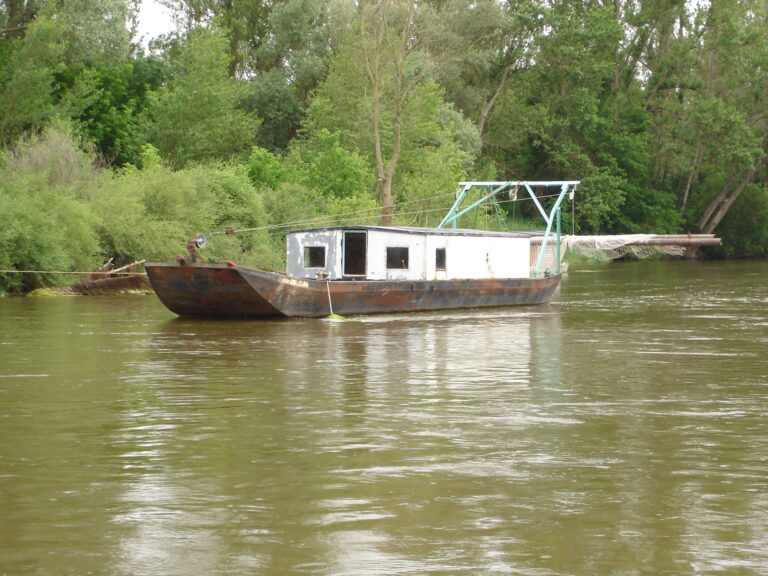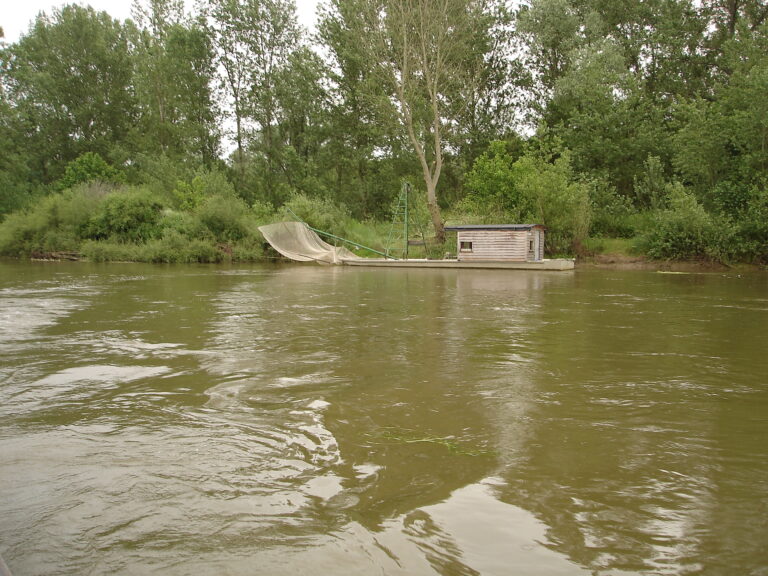Silver eel
It is also called outmigration eel, a truly migratory form of eel. This is the biological stage that marks the beginning of the reproduction phase, which takes place in the North-East Atlantic in the Sargasso Sea. The latest markings carried out with Argos beacons, which are implanted on large eels and which, after a certain period of time, detach from the animal and emit a certain amount of data at the surface: temperature of the water masses crossed, variations in pressure experienced by the animal and the geographical position of the place where the mark was detached, have shown that eels from the whole of their range are heading towards the Azores. The tagging of adult eels in 2018 and 2019 in the Azores was then able to show that they were heading towards a location in the Sargasso Sea, a place identified by J. Schmidt at the beginning of the last century as the unique breeding ground of our European eel. Thus, the veil covering the mystery of the reproduction of the European eel is gradually revealed. However, the reproduction of the eel in its natural environment has yet to be observed in situ.
It is at the beginning of its long reproductive journey that the silver eel is caught by various fishing gears and in restricted areas. Its fishing on the Atlantic coast is highly regulated and often not authorised for reasons of protection of the species. A few fishermen fish in the Loire, on the Erdre or on the Grand-Lieu lake. On the other hand, it is commonly exploited in the Mediterranean lagoons. The data collected are very useful for assessing what is known as the downstream stock or “escapement” as on The Loire river for example. Unfortunately, the public authorities have not given the necessary financial means to the professional structures to continue this series of monitoring, wrongly believing that enough was known about the evolution of this indicator, which is nevertheless very useful for knowing the evolution of the population in the Loire basin.
This fishery is carried out using large-scale gear, some of which is specific to the Loire basin, such as the “guideau or dideau”, which is a net with a conical outlet attached to a “toue”, a flat-bottomed boat. This net ends with a fyke net or “tézelle”.

In the Mediterranean lagoons, eels are directed into the fyke nets by means of barrier nets. The whole system forms a fishing gear characteristic of the Mediterranean lagoons: the “capetchade”. In the south of the Mediterranean basin, there are so-called “bordigues”, fishing systems that are not specific to eels, but which make it possible to catch this species during its downstream migration.




